Connecticut Ranks #6 in USA in Energy Efficiency, Continuing Top Ten Streak
/Connecticut ranks as the #6 state in the nation in energy efficiency, according to an analysis by the American Council for an Energy-Efficient Economy (ACEEE). A new report by the Council found that Massachusetts continues to edge out California as the most energy-efficient state in the nation for the fourth year in a row. Connecticut has been a steady top-ten state since the annual survey began eight years ago, but dropped one slot this year. Rounding out the top 10 are Rhode Island (the state’s first time in top five), Oregon, and Vermont (all tied for #3); Connecticut (#6); New York (#7); Washington (#8); Maryland (#9); and Minnesota (#10).
Rounding out the top 10 are Rhode Island (the state’s first time in top five), Oregon, and Vermont (all tied for #3); Connecticut (#6); New York (#7); Washington (#8); Maryland (#9); and Minnesota (#10).
Arkansas, the District of Columbia, Kentucky, and Wisconsin are the four most improved energy-efficiency states for 2014. Indiana and Ohio fell the furthest in the rankings due to decisions by legislators in both states to roll back energy savings targets. They were among 23 states that dropped in the state-by-state rankings. At the bottom of the rankings, the five states most in need of improvement on energy efficiency in 2014 are North Dakota, Wyoming, South Dakota, Mississippi, and Alaska.
Overall, states are ramping up their commitments to energy efficiency, the report indicated, as governors and lawmakers in state capitals across the nation continue to take major steps to lower energy costs, reduce pollution, and save consumers money by increasing their states’ energy efficiency. Sixteen states rose in the rankings this year, in the 8th annual edition of the State Energy Efficiency Scorecard.
Connecticut was ranked fifth a year ago, and sixth the previous year. In 2011, the state ranked #9 and in 2010, ranked #8. State officials noted that Connecticut continues to be a leader in the nation, and the strong ranking is likely to improve in the coming year as increased funding for energy efficiency programs, not fully reflected in this year's survey, have an impact. Also noted was the state's decision to invest in infrastructure, such as charging stations throughout the state for vehicles, which was not an area of focus for the report but will be beneficial for Connecticut consumers.
The State Energy Efficiency Scorecard benchmarks states across six policy areas – utility policies and programs, transportation initiatives, building energy codes, combined heat and power development, state government-led initiatives, and state-level appliance standards. In total, states are scored on more than 30 individual metrics. Data is collected from publicly available sources and vetted by state energy offices and public utility commissions, according to the Council. The 2014 report found that nationwide, total budgets for electricity efficiency programs in 2013 reached $6.3 billion. Adding that to natural gas program budgets of $1.4 billion, total efficiency program budgets were estimated to be more than $7.7 billion in 2013.
The leading states in utility-sector energy efficiency programs and policies were Rhode Island, Massachusetts, and Vermont, and the leading state in building energy codes and compliance was California. California and New York led the way in energy-efficient transportation policies.
Maggie Molina, director of ACEEE’s Utilitie s, State, and Local Policy program, said: “Smart energy efficiency choices maintain the same comfort, convenience, and quality of life that consumers want and expect. Energy efficiency is also good for business. State action on energy efficiency improves bottom lines, drives investment across all sectors of the economy, creates jobs, and offsets the environmental harms created by the energy production system.”
s, State, and Local Policy program, said: “Smart energy efficiency choices maintain the same comfort, convenience, and quality of life that consumers want and expect. Energy efficiency is also good for business. State action on energy efficiency improves bottom lines, drives investment across all sectors of the economy, creates jobs, and offsets the environmental harms created by the energy production system.”
The American Council for an Energy-Efficient Economy acts as a catalyst to advance energy efficiency policies, programs, technologies, investments, and behaviors.


![5th-tristate-weather-conference-final[1]](http://static1.squarespace.com/static/5c981f3d0fb4450001fdde5d/5c9d7eea87da80ed9fa8b24c/5c9d80f187da80ed9fa935fd/1553826033515/5th-tristate-weather-conference-final1.jpg?format=original)
 Connecticut First Alert Weather Team in December 2005 and currently serves as the weekend evening meteorologist and as a general assignment reporter on weekdays. His
Connecticut First Alert Weather Team in December 2005 and currently serves as the weekend evening meteorologist and as a general assignment reporter on weekdays. His 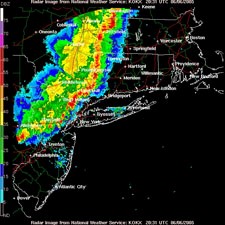 Dr. Jason Tuelll, Director, Eastern Region NWS, Bohemia, NY
Dr. Jason Tuelll, Director, Eastern Region NWS, Bohemia, NY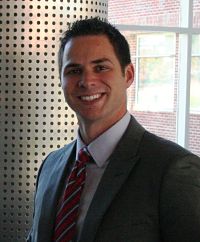
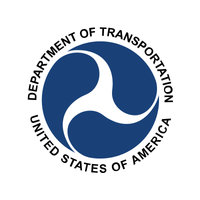 The Bureau of Transportation Statistics (BTS) included the data in
The Bureau of Transportation Statistics (BTS) included the data in 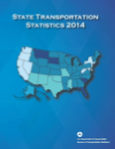
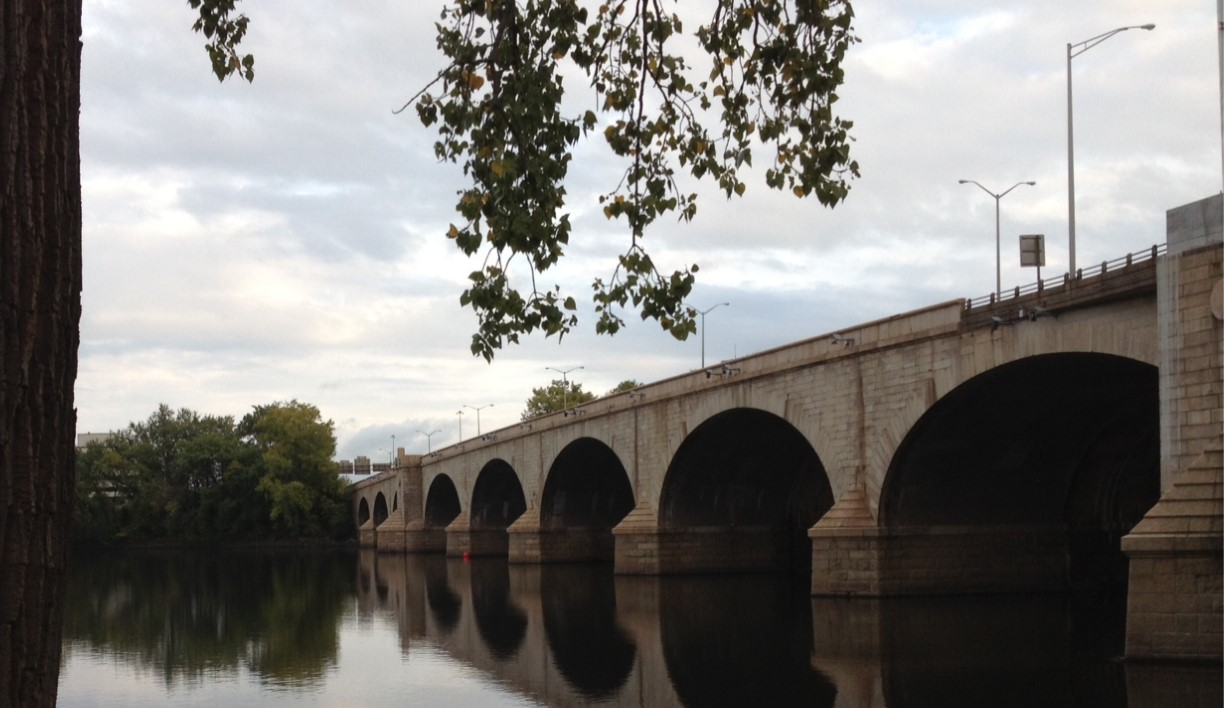

 ss are Torrington, Danbury, West Hartford, Cheshire, Guilford, Greenwich, Plainville, Middlebury, New London, Killingly, Middletown, Fairfield, Madison, Branford, Farmington, Glastonbury, Windsor, Orange and East Hartford.
ss are Torrington, Danbury, West Hartford, Cheshire, Guilford, Greenwich, Plainville, Middlebury, New London, Killingly, Middletown, Fairfield, Madison, Branford, Farmington, Glastonbury, Windsor, Orange and East Hartford.

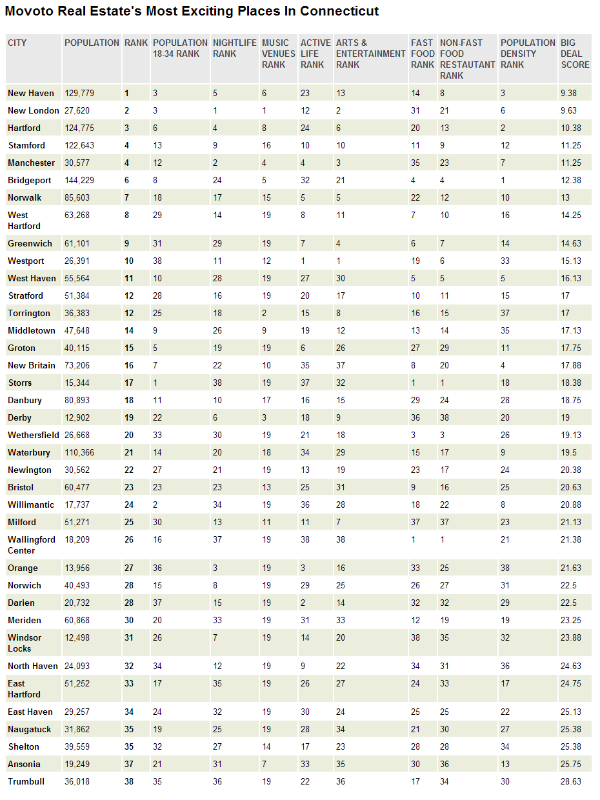

 ed program’s sole survivor.
ed program’s sole survivor.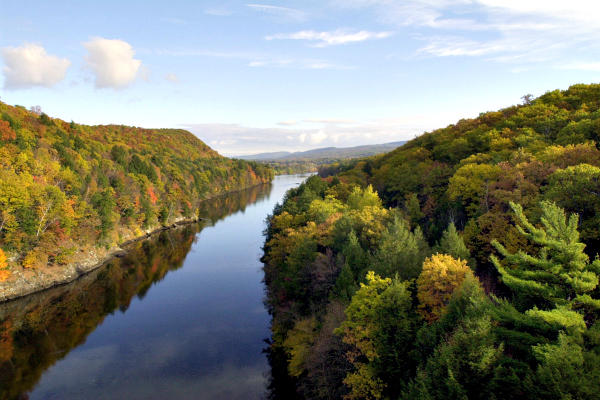 as created in May 2012 under President Barack Obama’s America’s Great Outdoors Initiative. The program was voluntary, didn’t include any new regulations, and a designation brought no additional funding, the Associated Press has reported. It was intended to promote watershed conservation and support sustainable and healthy water supplies.
as created in May 2012 under President Barack Obama’s America’s Great Outdoors Initiative. The program was voluntary, didn’t include any new regulations, and a designation brought no additional funding, the Associated Press has reported. It was intended to promote watershed conservation and support sustainable and healthy water supplies.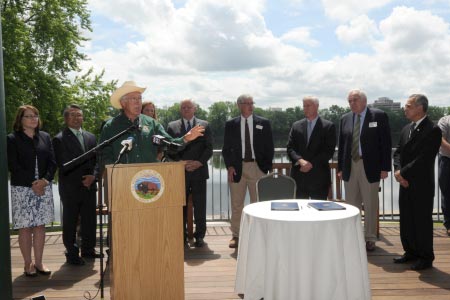
 rnment with the mission to create strong libraries and museums that connect people with information and ideas, is celebrating its 20th year of saluting institutions that make a difference for individuals, families and communities.
rnment with the mission to create strong libraries and museums that connect people with information and ideas, is celebrating its 20th year of saluting institutions that make a difference for individuals, families and communities.
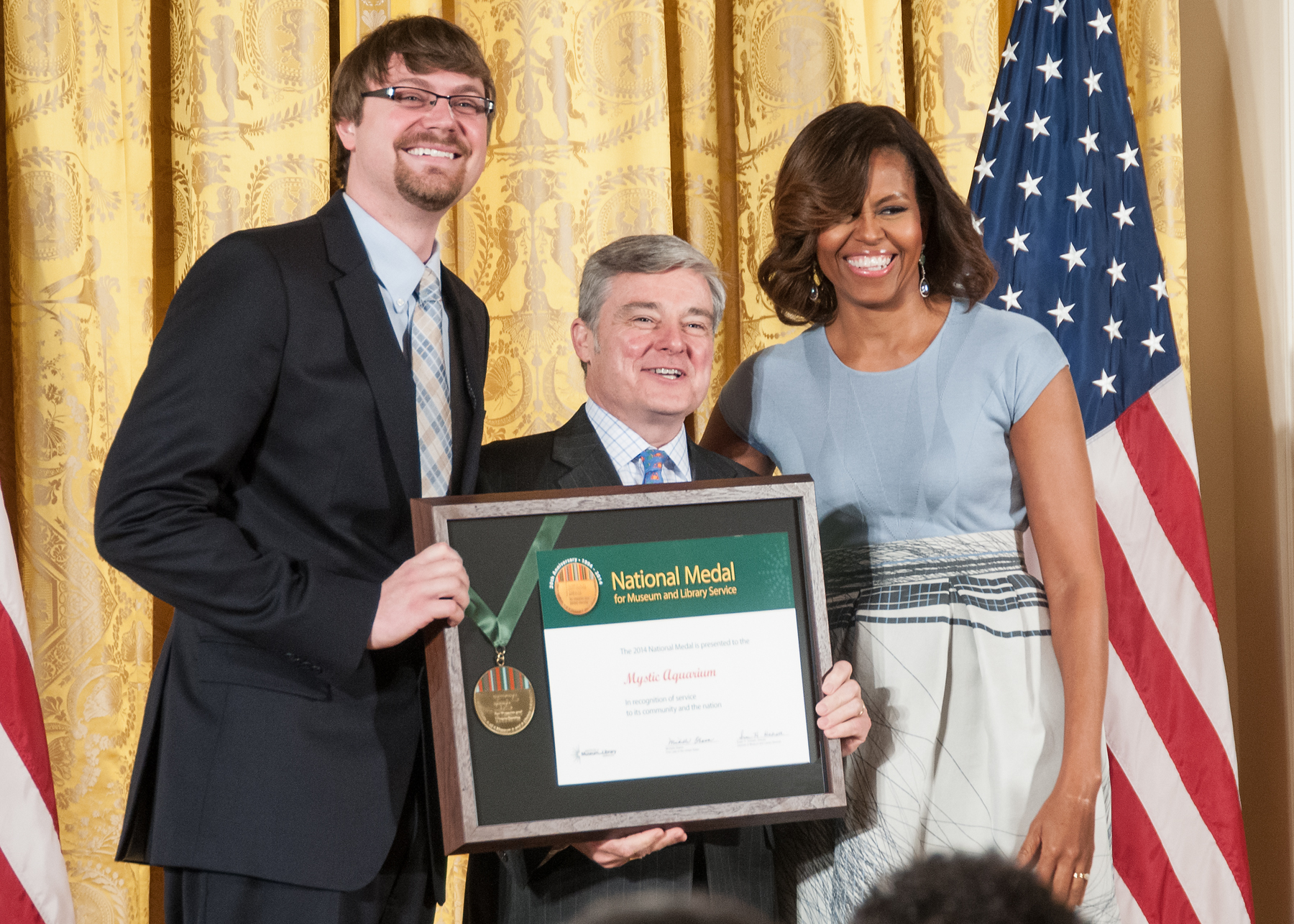 0 animals, including such species as beluga whales and the endangered African Penguin.
0 animals, including such species as beluga whales and the endangered African Penguin. an estimated
an estimated  as new spending from tax revenues. The other study says that tobacco taxes offer a how-to road map for policy makers.
as new spending from tax revenues. The other study says that tobacco taxes offer a how-to road map for policy makers. ished this month, researchers ran a simulation of the impact of 20-percent soda tax in Illinois and California—selected for regional differences—and found slight employment increases would occur, but the net effect would be close to nothing. They found that people choose to spend their money on other things, not to forego spending entirely, and that employment gains in other sectors of the economy far outweigh the job losses for soda makers, National Journal reported.
ished this month, researchers ran a simulation of the impact of 20-percent soda tax in Illinois and California—selected for regional differences—and found slight employment increases would occur, but the net effect would be close to nothing. They found that people choose to spend their money on other things, not to forego spending entirely, and that employment gains in other sectors of the economy far outweigh the job losses for soda makers, National Journal reported.


 The proposal was also supported by the
The proposal was also supported by the 


























